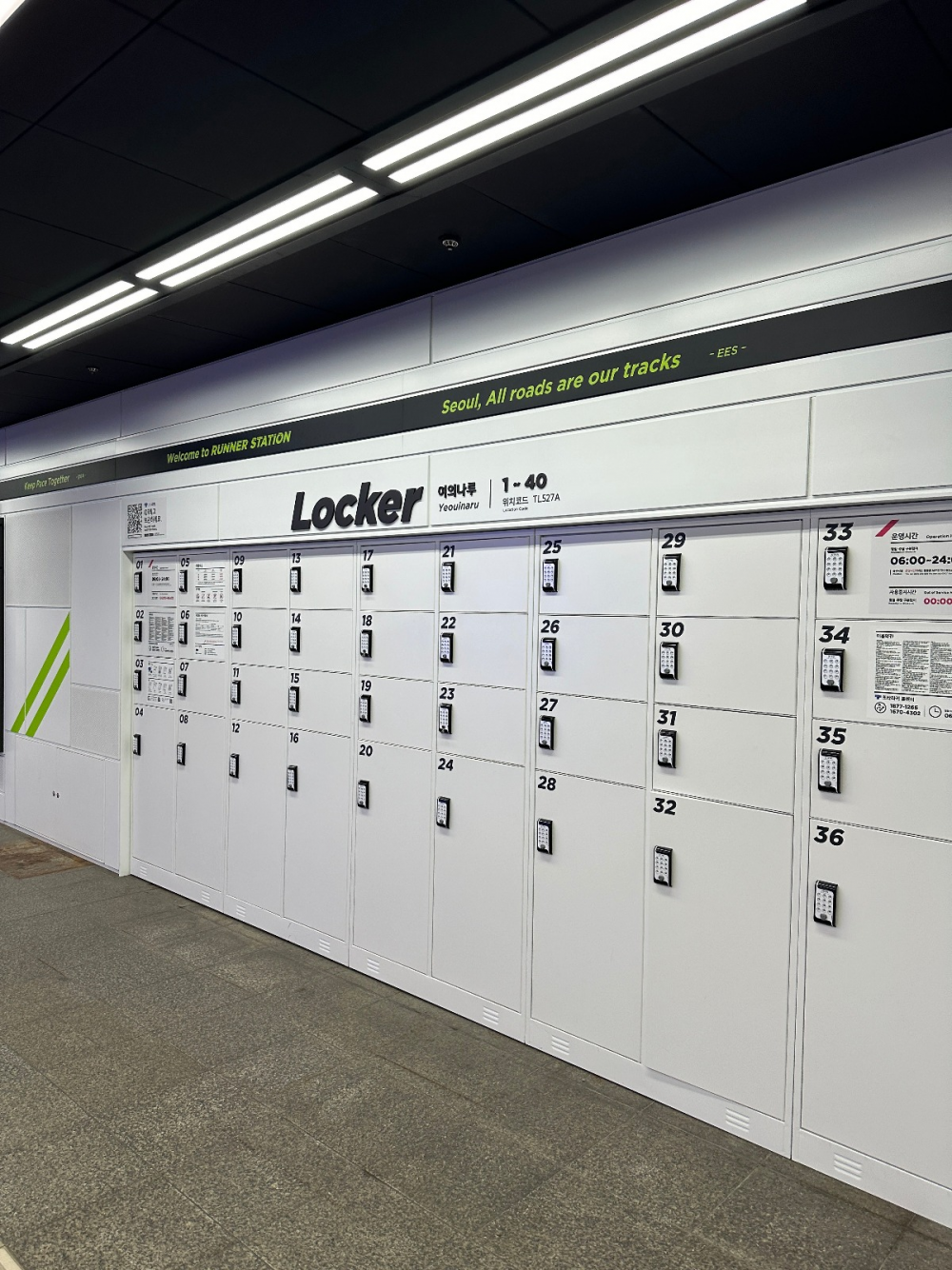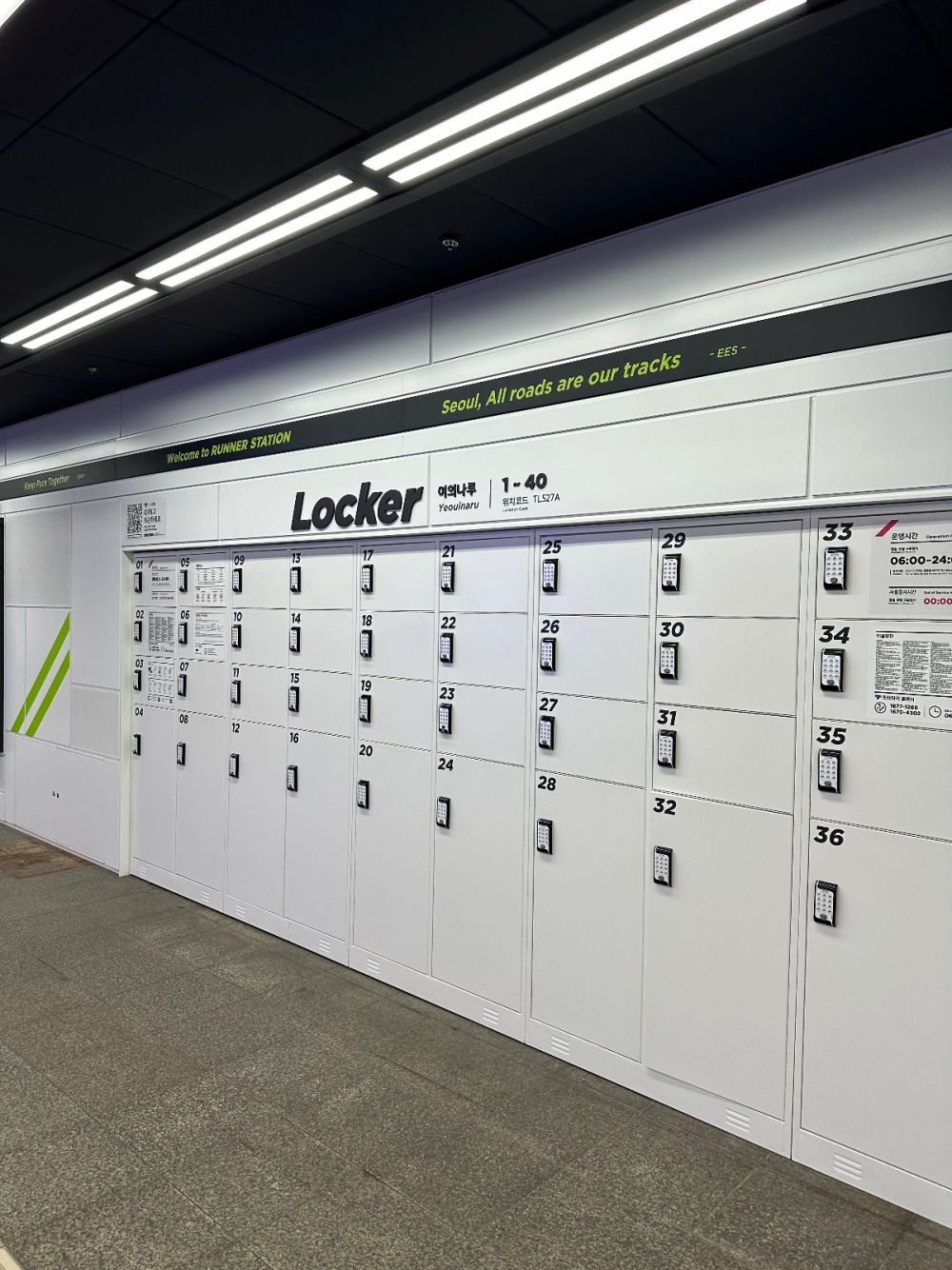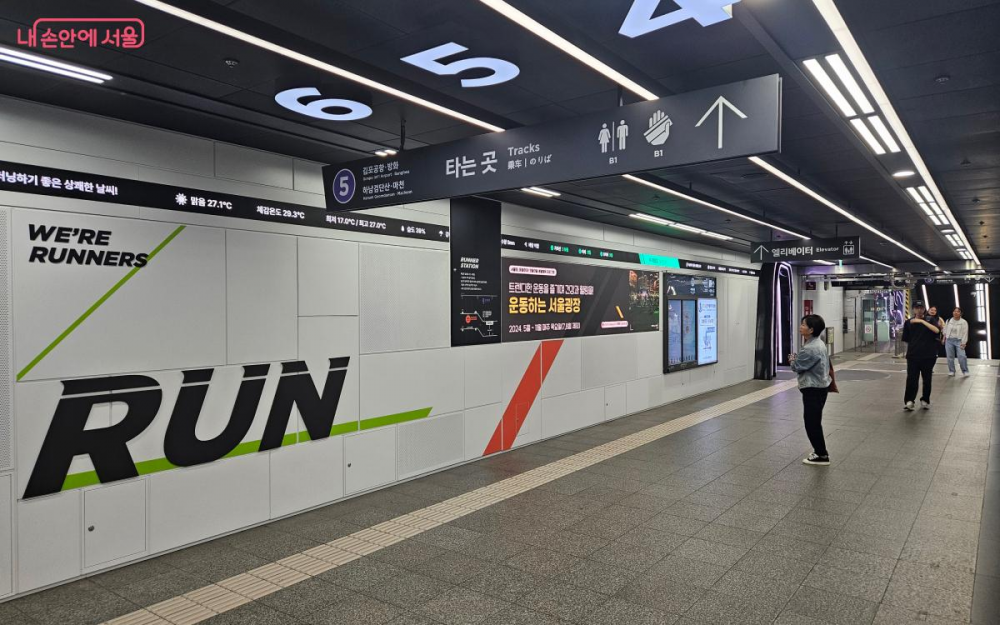Recently, South Korea’s online community has been abuzz with criticism as Korean netizens voiced their displeasure over the extensive use of English signage in the newly renovated Subway Line 5 stations. Serving as a vital transit artery in Seoul, the line underwent significant upgrades aimed at improving commuter convenience, including new features like running stations with lockers for commuters’ belongings.

Korean netizens express discontent over the prevalence of English signage in Seoul’s Subway Line 5.
Despite the modern updates, many netizens took to social media to share photos of the stations adorned predominantly with English signs, sparking a wave of concern and frustration. This trend follows previous controversies where cafes and restaurants in urban areas opted for English-only menus, perceived by locals as catering more to foreign visitors than domestic residents.
Comments from Korean netizens reflected a sense of alienation and practical concerns, emphasizing the need for regulations mandating the inclusion of Koreans on public signage to ensure accessibility for all citizens, including those who may not be proficient in English.

Recent renovations have sparked criticism, highlighting concerns about accessibility and cultural identity.
As debates continue, the issue raises broader questions about cultural identity and inclusivity in public spaces, prompting calls for policies that prioritize linguistic diversity and community cohesion.











































